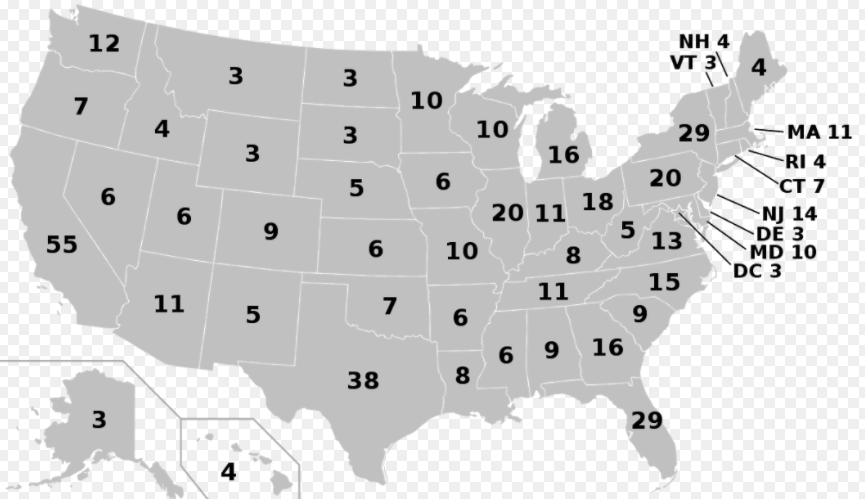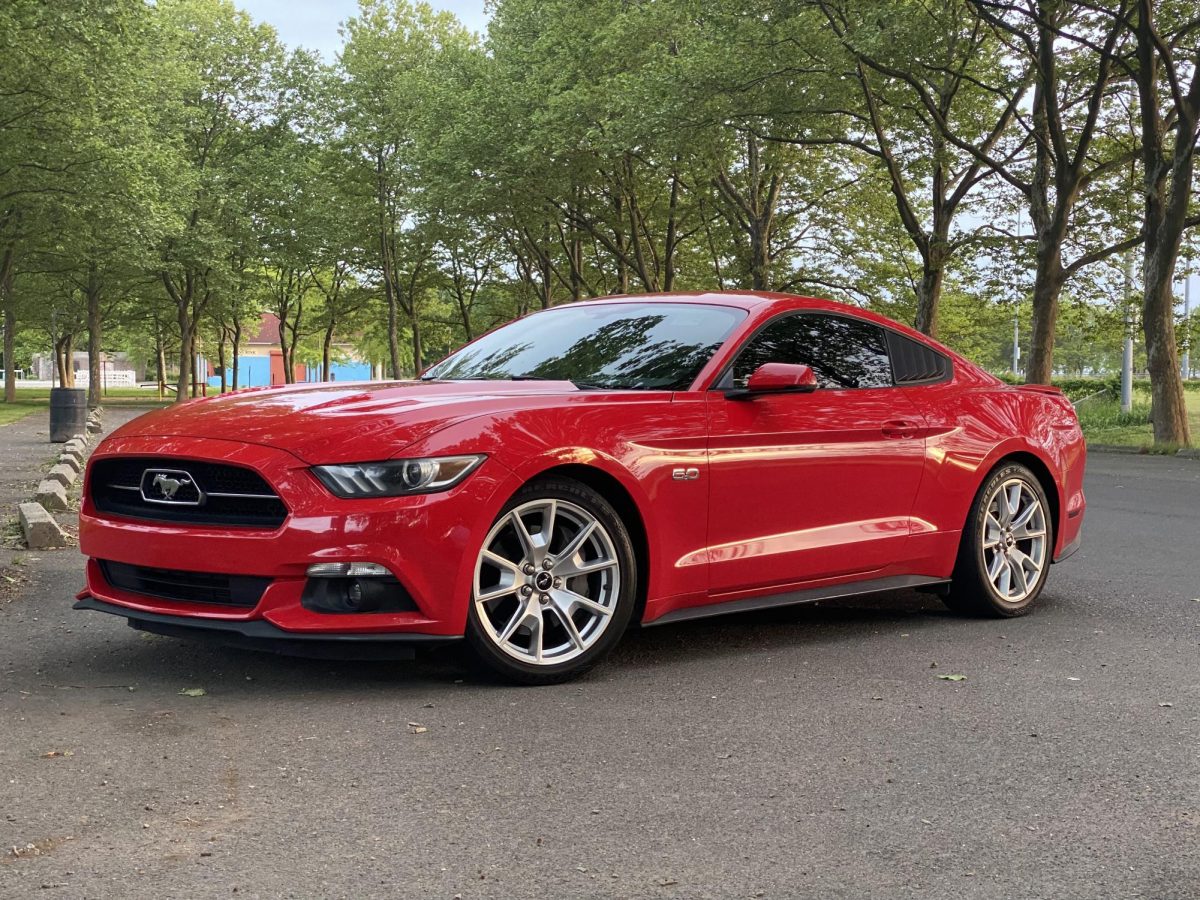Common Misconceptions: The Electoral College Race too Close to Call
Map of the number of electoral votes in each state across the country. Photo courtesy of ourwhitehouse.org
November 4, 2020
With yesterday’s presidential election coming to an end, it is important to understand the process behind today’s tight race. The electoral college is a very difficult concept when it comes to the election and how your votes are used in electing the President of the United States (POTUS).
The system of the electoral college was chosen in 1787 while drawing up the United States constitution. Because of the size of the country and the difficulty of communication at the time, a national popular vote system was considered impossible. After just gaining freedom from England, citizens did not want any lawmakers to decide who would run the country, so the creators of the constitution also came up with the electoral college.
The popular vote, which is your own candidate votes, determines our members of congress, mayors, governors, and higher officials. However, it does not elect the POTUS. The electoral college works in its own way and is the overall decision maker of the election.
When Americans vote at the polls, their votes go in to decide the members of the electoral college, the members of this college are then voting for the POTUS and the vice president. Each state has a different amount of electors based upon their overall population. The state of Connecticut has seven electoral votes. According to the Associated Press, “the tight race will hinge in battleground states.”
The largest number of electoral members is in California, which has 55 total electoral votes, while the smaller states, such as Wyoming or Alaska, have only three electoral votes. All fifty states have a total of 538 electoral votes, and each of these are equal to one electoral vote. The presidential candidates then need at least 270 electoral votes to gain the majority, and win the election.
Each state chooses who votes to represent them based on who won the popular votes there. Meaning if a candidate wins 50.1 percent of the vote in Florida (29 electors), the candidate then gets all 29 electoral votes from the state of Florida. In certain instances, candidates can win by a landslide and still pick up the same amount of votes making it possible for them to win the election although they had less votes from the popular vote.
Although 48 states take their electoral votes as winner-takes-all, Maine and Nebraska are the only two states that split their electoral votes by using the “congressional district method.” They distribute the two electoral votes to the state popular winner, and one popular vote winner (two in Maine, three in Nebraska,) creating multiple contests to decide, which could split the electoral votes.
In 2016, Hillary Clinton won the votes across the country, however, the electoral votes were in President Donald Trump’s favor, making him POTUS. President Trump had nearly 3 million less votes than Mrs. Clinton, but he gained the majority of the electoral votes, which is the overall decision maker.
George W. Bush, John Quincy Adams, Rutherford B. Hayes, and Benjamin Harrison are the only other presidents to have won the electoral college votes, but not the popular vote.
The presidential election was yesterday, and due to the swing states as well as mail-in voting, there is no clear outcome yet. As of Wednesday, the race is too close to call. For more information on the election results, follow live updates on AP News.








